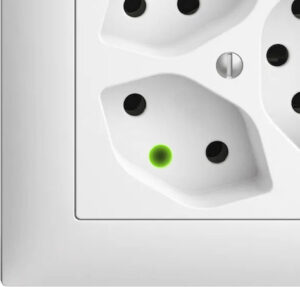There is an issue with the Swiss AC power plug type J (T12/T13). One that I was not aware of until very recently. More specifically, it is the arrangement of the three poles in the single vs. the triple sockets that I find impractical.
This post explains what the issues with type J plugs are, as seen in the below photos, and why it is not the manufacturer’s fault.
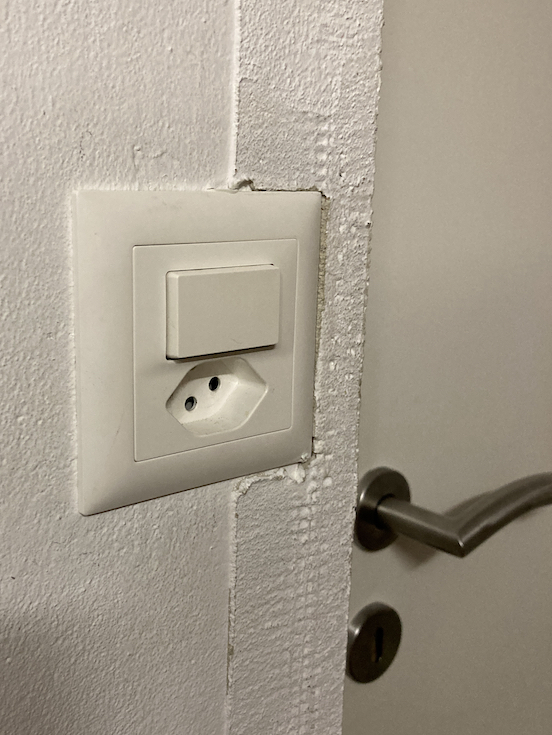

Plug type J characteristics
If you compare the Swiss AC power plug type J with other plugs and sockets found around the world, you will realize that it is one of the better standards out there. Type J has excellent physical and electrical features. It is both sturdy and elegant, practical and safe, easy to operate and it establishes a solid connection between socket and plug. With its hierarchical downward compatibility between 230/400V and 10/16A it is also a well thought out standard for that quartet of plugs (T13, T15, T23, T25).
I traveled the world a bit and came to appreciate the type J characteristics.
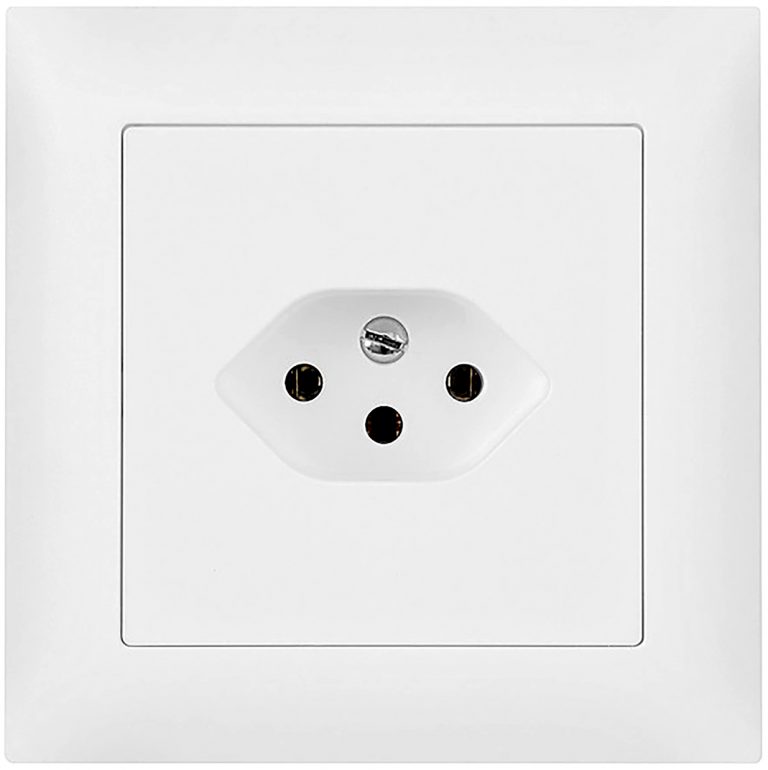
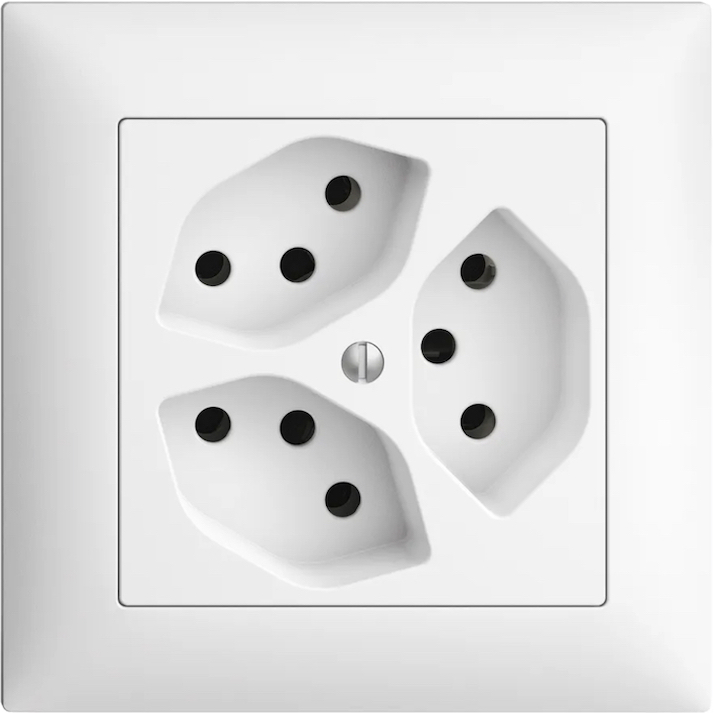
Issue with single type J socket vs. triple type J socket
The issue I have with the type J standard is the position of the protective conductor in the single socket vs. the triple socket. In the standard single configuration the protective conductor is facing downwards or “outwards”. In the triple configuration on the other hand, the protective conductor is facing “inwards” (there really isn’t any notion of up or down). If the triple configuration were consistent with the single socket, the protective conductor would have to face outwards as shown in my mock up.
Why is this an issue, you might ask. After all, you can simply rotate the plug by 180° and be done with it, right? Yes and no. It is exactly what I have been thinking – if I thought about the topic at all.
However, what if you need to plug in anything other than a naked T12 plug? Say, a smart plug or a time switch.
Smart plug in a type J socket
I recently went shopping for a WiFi-enabled smart plug. Specifically, I wanted one that would not cover the other two sockets when plugged into a triple type J socket. Hence, the smart plug must
- not be bulky on its plug end
- have the right orientation such that its body faces away from the socket
- (support T13 which only few do as Switzerland is a small market)
After some online research I found the Swiss edition of the Ledvance Smart+ Plug. It ticks all the boxes above. Furthermore, it is reasonably priced and comes from a German brand, although still made in China. The fact that it is powered by a Tuya WB2S WiFi module did not bother me much. Those can be replaced by a ESP-02S module (ESP8285) in order to run Tasmota or similar firmware on it (separate blog post).
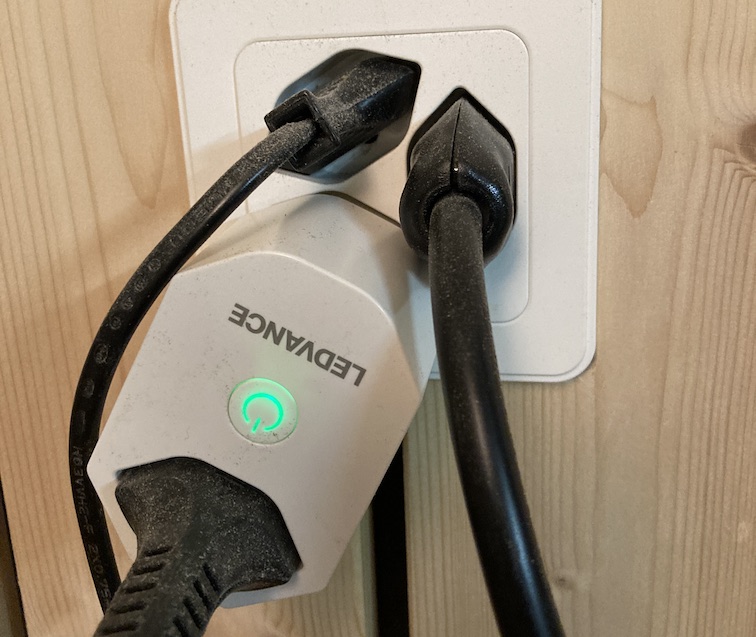
But wait, what if we plug it into a light switch & T13 combo? Remember, the protective conductor is located at the bottom of the T13 socket.


Dooohhh, there goes my light switch!
The way the type J plugs have their protective conductors arranged, it is impossible for manufacturers to design smart plugs that face away from the socket in any configuration of sockets, switches and the like. Sure, I could have opted for a smart plug that faces downwards when plugged into a single T13 socket. That would have solved the issue for the light switch configuration. I could not, however, used the very same smart plug in triple T13 configuration without covering the other two sockets.
I concluded that I must either use different smart plug models for the different socket configurations or put an extension cord between the socket and the smart plug.
Addendum
When Sonoff designed their S26 R2 devices, the went the exact opposite route from Ledvance. On purpose or by accident they optimize their device for single sockets. As a consequence, you cannot use it in a triple socket configuration unless you give up two extra sockets.


